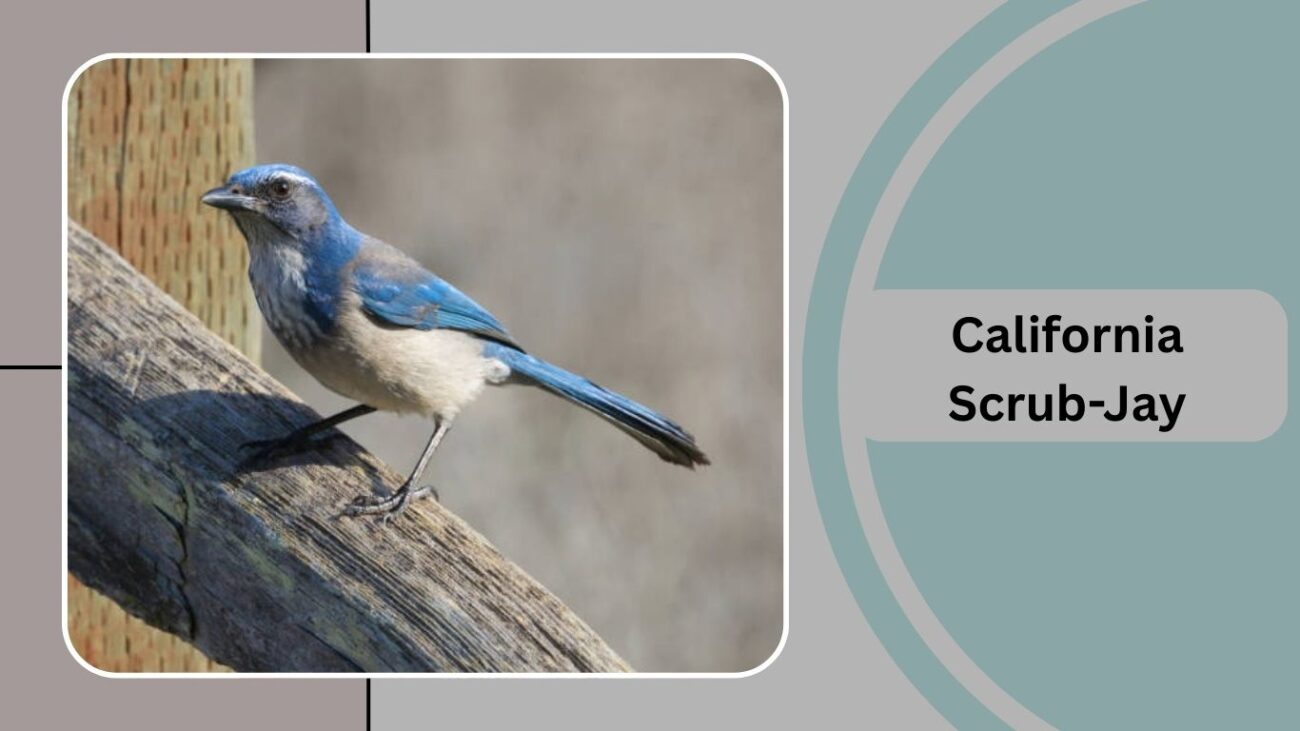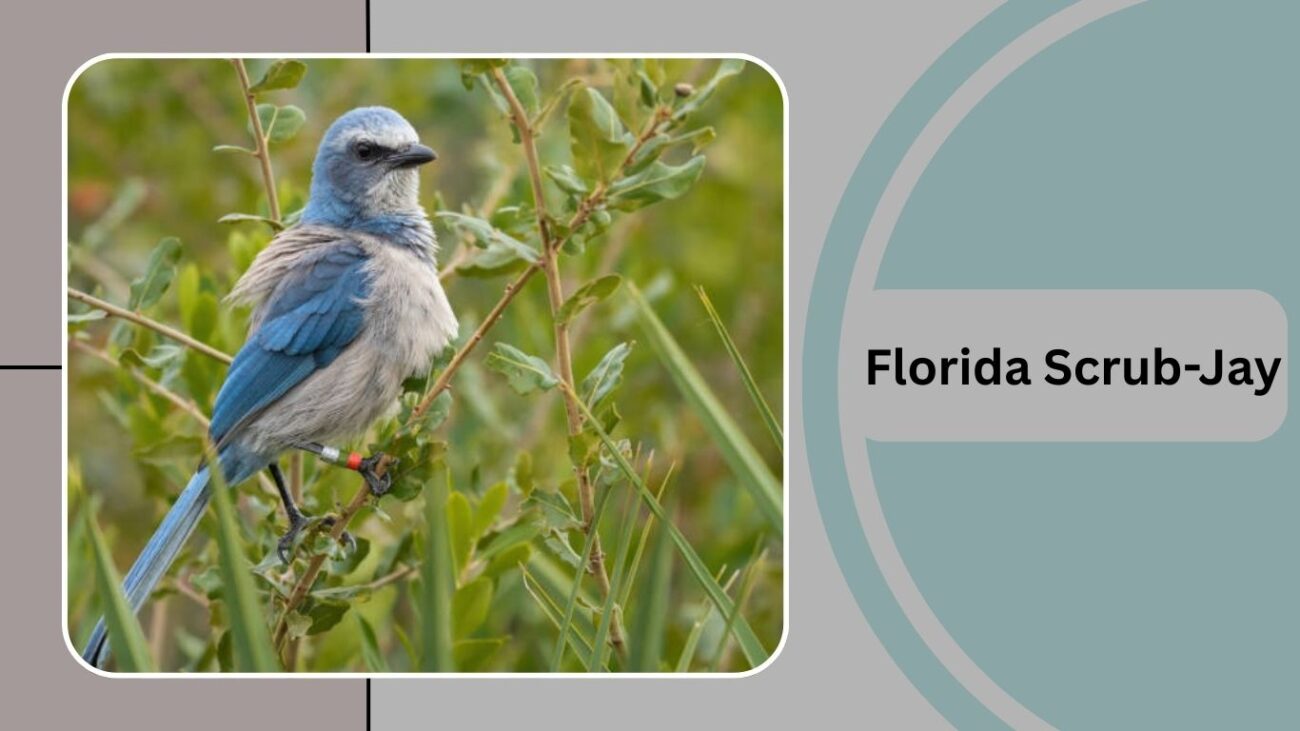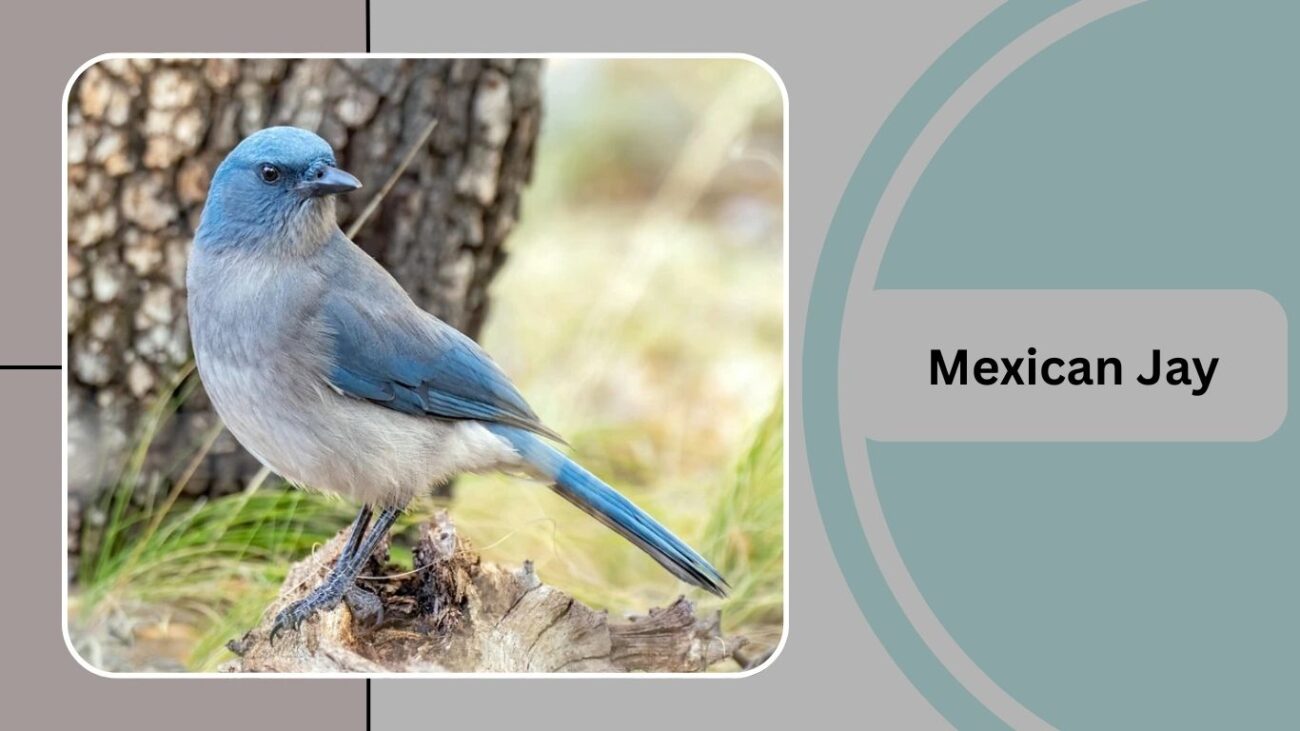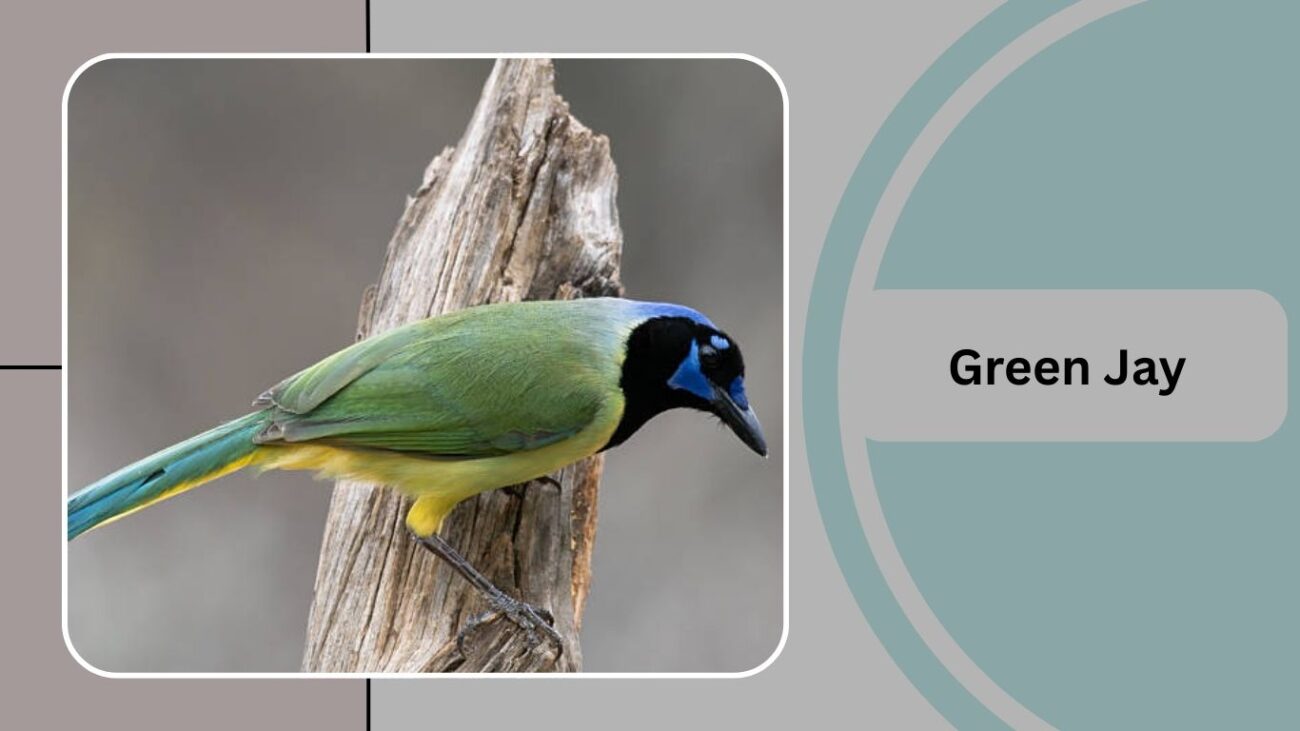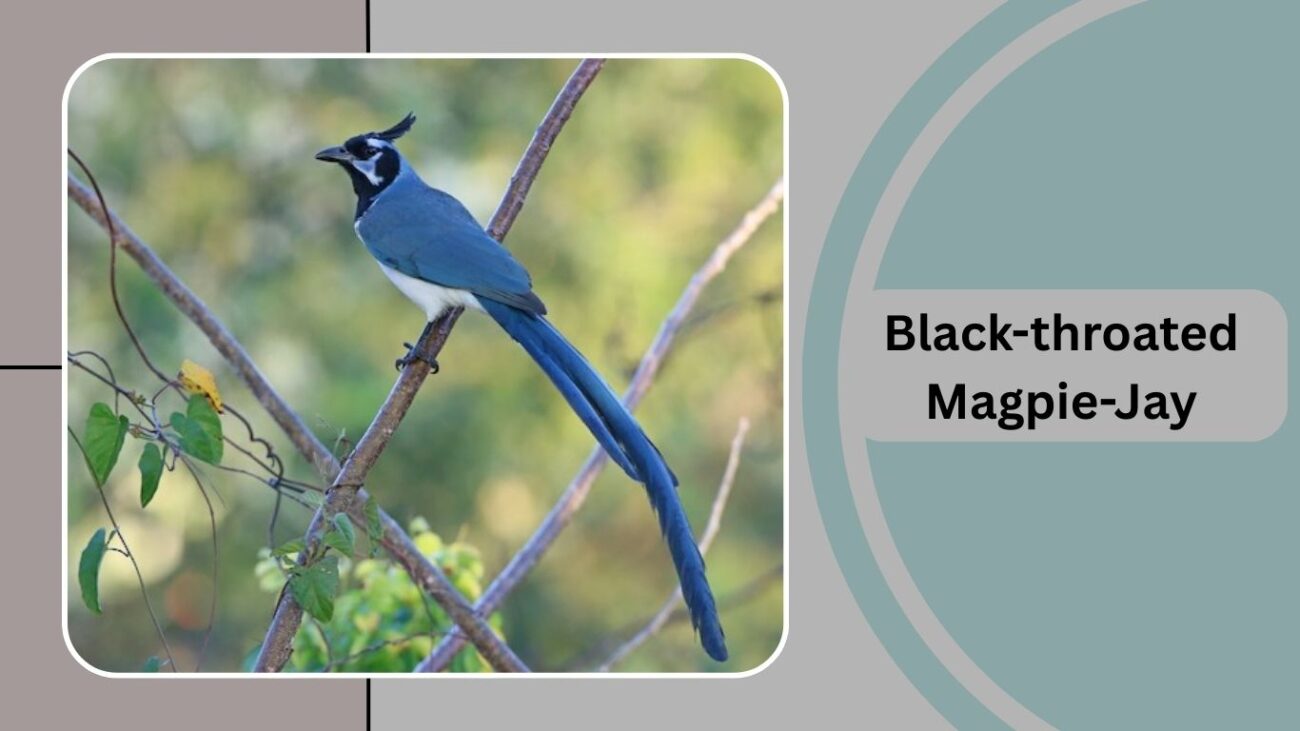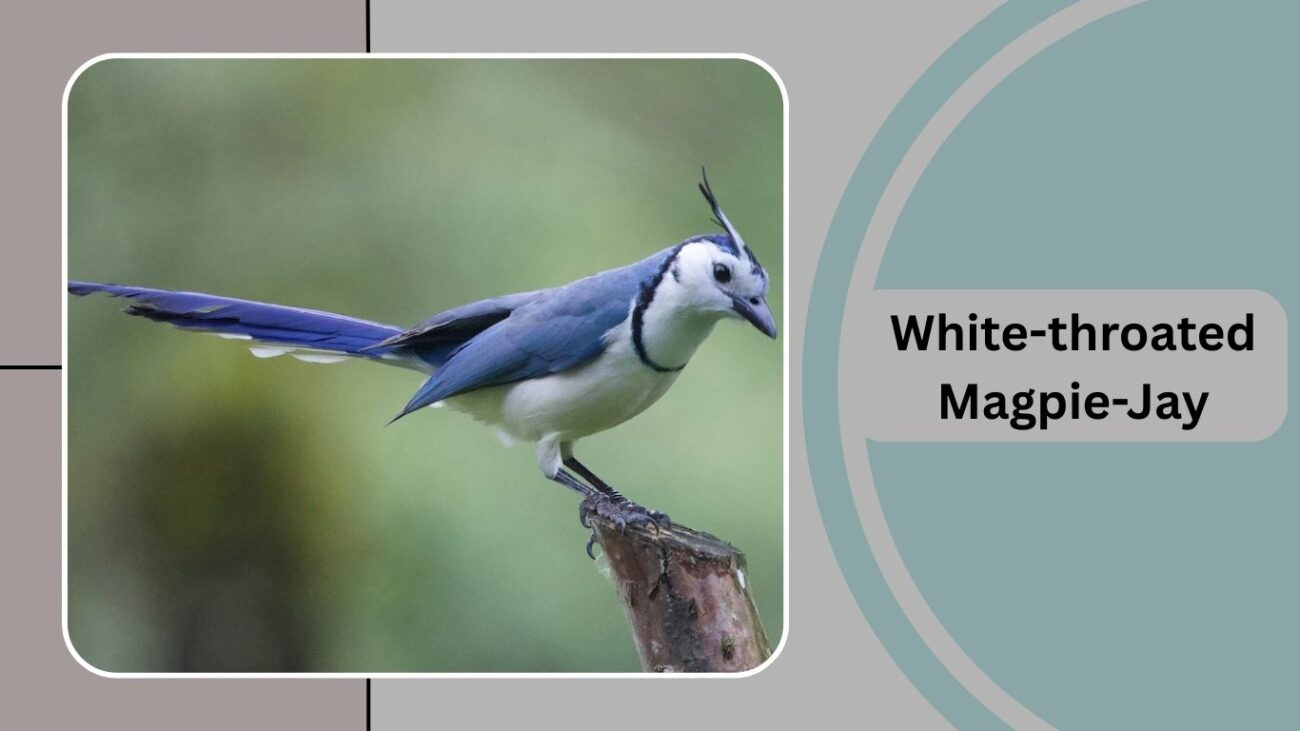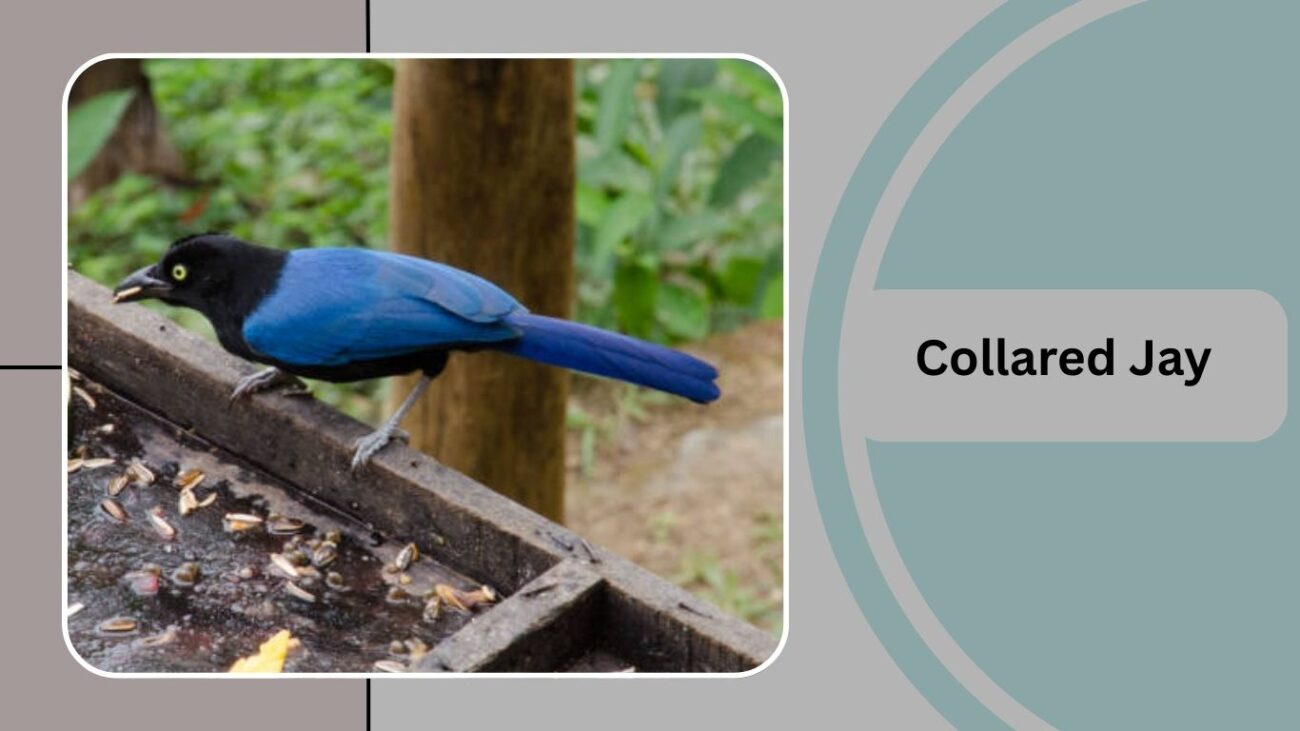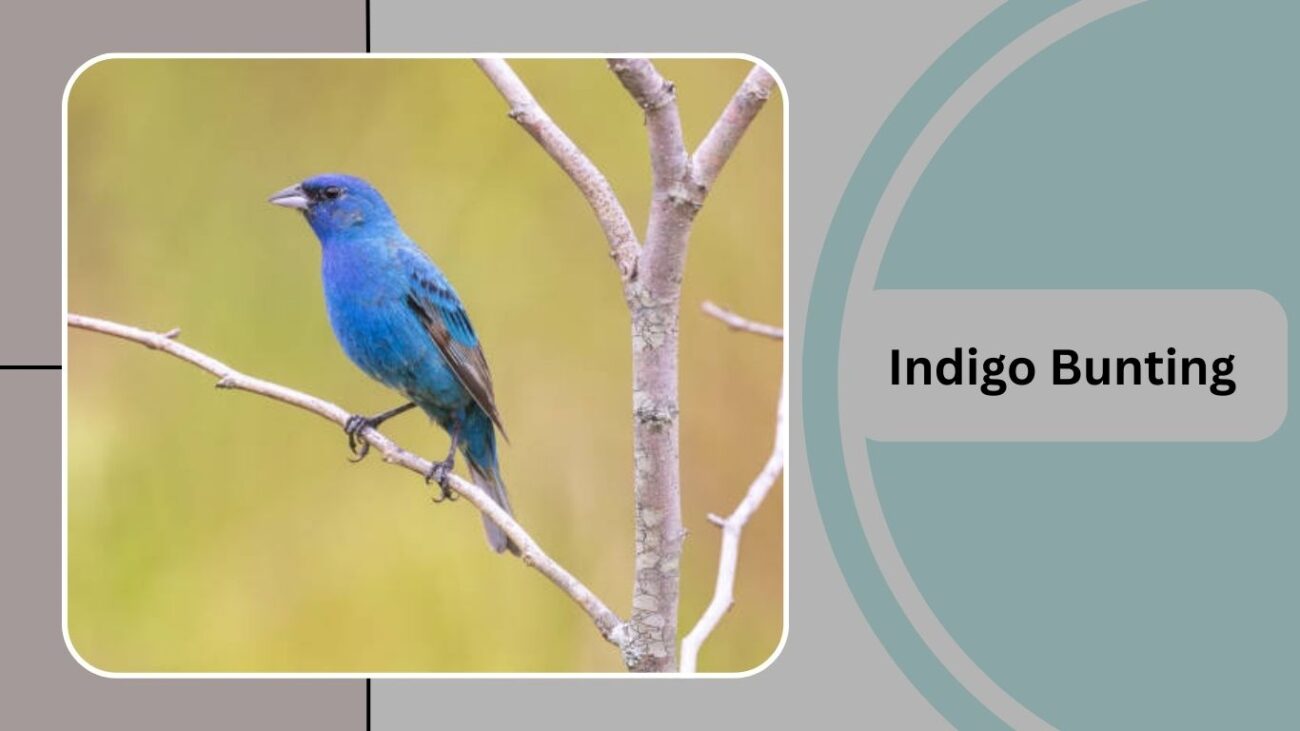Blue Jays are among the most recognizable birds in North America, known for their vivid blue plumage, pointed crest, and bold personalities. However, many other species share similar colors, shapes, or behaviors that can lead to confusion. From close relatives in the jay and magpie families to smaller songbirds with striking blue feathers, these lookalikes often cause birdwatchers to take a second glance. In this guide, we’ll explore 15 birds that look like Blue Jays, highlighting their unique traits, behaviors, and habitats that set them apart while showing why they’re so easily mistaken for the real thing.
1. Steller’s Jay
The Steller’s Jay (Cyanocitta stelleri) is one of the most common birds that look like Blue Jays, and the two are often confused by casual birdwatchers. Both belong to the Corvid family and share similar size, shape, and bold personalities. The main difference lies in their coloration—while the Blue Jay has bright blue wings, back, and a white underside, the Steller’s Jay is darker, with deep blue body plumage and a blackish head.
Identification
- Striking blue body with a charcoal-black head and crest.
- Taller, more pointed crest than the Blue Jay.
- Lacks the white wing bars and underparts seen on the Blue Jay.
- Similar size, about 11–13 inches long.
Behaviors and Diet
Steller’s Jays are noisy, intelligent, and curious birds. They feed on insects, seeds, nuts, berries, and will even raid nests for eggs or young. Much like Blue Jays, they are bold around humans and often visit bird feeders. They are also known for mimicking the calls of hawks, a trick they share with Blue Jays.
Habitat and Range
This species inhabits coniferous forests in western North America, from Alaska through the Rocky Mountains to Central America. Its blue coloration and crest make it one of the most striking birds that look like Blue Jays, especially in wooded areas.
2. California Scrub-Jay
The California Scrub-Jay (Aphelocoma californica) is another well-known species often grouped with birds that look like Blue Jays. At first glance, its blue plumage and lively behavior make it very similar, but it lacks the crest that Blue Jays are famous for.
Identification
- Bright blue head, wings, and tail with a grayish back.
- White throat and chest with a faint blue necklace across the breast.
- Slender body and long tail compared to the stockier Blue Jay.
- No crest on the head, which helps separate it from Blue Jays.
Behaviors and Diet
California Scrub-Jays are bold and inquisitive, often found hopping around gardens and parks. Their diet consists of acorns, insects, berries, and small vertebrates. Like Blue Jays, they cache acorns and seeds for later use, showing advanced memory skills. Their harsh, scratchy calls differ from the more varied calls of Blue Jays but serve a similar purpose in communication.
Habitat and Range
These jays are native to the Pacific Coast of the United States, from Washington to California, favoring oak woodlands, chaparral, and suburban areas. Their striking blue plumage makes them one of the clearest birds that look like Blue Jays in the western U.S.
3. Woodhouse’s Scrub-Jay
The Woodhouse’s Scrub-Jay (Aphelocoma woodhouseii) is closely related to the California Scrub-Jay and also belongs to the group of birds that look like Blue Jays. It was once considered the same species but is now recognized as distinct due to range and subtle differences.
Identification
- Blue wings, head, and tail with a pale gray-brown back.
- Less vibrant blue than the California Scrub-Jay.
- White throat with faint blue necklace-like markings.
- No crest, separating it from Blue Jays.
Behaviors and Diet
Woodhouse’s Scrub-Jays are intelligent and adaptable. They feed on insects, seeds, fruits, and acorns, often storing food for winter. They are curious birds and can become quite tame around people, similar to Blue Jays. Their calls are softer and less harsh than those of the California Scrub-Jay but still distinct.
Habitat and Range
They are found in the interior western United States, especially in deserts, pinyon-juniper woodlands, and scrubby habitats. Their similar body shape and bold blue coloration make them another easy-to-confuse species among birds that look like Blue Jays.
4. Florida Scrub-Jay
The Florida Scrub-Jay (Aphelocoma coerulescens) is the only bird species found exclusively in Florida, and it is another of the birds that look like Blue Jays. While it lacks the Blue Jay’s crest and bold wing patterns, its striking blue coloration and inquisitive nature make it easy to confuse with its cousin.
Identification
- Bright blue head, wings, and tail with a pale gray back and belly.
- Lacks the crest, black necklace, and white wing bars of the Blue Jay.
- Slimmer and slightly smaller overall than a Blue Jay.
Behaviors and Diet
Florida Scrub-Jays are cooperative breeders, meaning family groups help raise young together. They are omnivorous, feeding on insects, acorns, fruits, and occasionally small animals. Like Blue Jays, they are known for caching food. Their calls are harsh and nasal, somewhat similar to Blue Jays but less varied.
Habitat and Range
This species is restricted to Florida’s sandy scrub habitats, particularly areas with oak scrub and pine flatwoods. Its limited range and conservation status make it a unique but recognizable member of birds that look like Blue Jays.
5. Mexican Jay
The Mexican Jay (Aphelocoma wollweberi) is another striking blue corvid included among birds that look like Blue Jays. While it does not have the crest or bold black-and-white pattern of a Blue Jay, its overall blue plumage and social behavior make it a close relative in appearance and habits.
Identification
- Overall soft blue plumage with pale grayish belly.
- No crest or bold markings on wings and tail.
- Slightly larger and bulkier than the Florida Scrub-Jay.
Behaviors and Diet
Mexican Jays are highly social and live in family groups, often foraging together. Their diet includes insects, fruits, seeds, acorns, and small vertebrates. They are intelligent and opportunistic feeders, sharing similarities with Blue Jays in caching and adaptability.
Habitat and Range
They are found in the southwestern United States (Arizona, New Mexico, Texas) and throughout the highlands of Mexico. Their bright blue plumage and long tails easily place them among the most recognizable birds that look like Blue Jays.
6. Green Jay
The Green Jay (Cyanocorax yncas) is one of the most colorful birds that look like Blue Jays, though its plumage includes green, blue, and yellow tones. Its vibrant appearance sets it apart, but its size, crest-like crown feathers, and bold behavior give it a strong resemblance to Blue Jays.
Identification
- Bright green back with a blue head and nape.
- Black bib extending across the throat and chest.
- Yellow underparts and long blue tail tipped with green.
- Similar size to the Blue Jay, around 11 inches long.
Behaviors and Diet
Green Jays are social and noisy, often traveling in small flocks. They feed on insects, seeds, fruits, and small vertebrates, showing similar opportunistic habits to Blue Jays. They are also intelligent and have been observed using tools.
Habitat and Range
Found in southern Texas, Mexico, Central America, and parts of South America, they prefer subtropical woodlands and thickets. Their bold colors make them exotic yet still recognizable among birds that look like Blue Jays.
7. Canada Jay (Gray Jay)
The Canada Jay (Perisoreus canadensis), also known as the Gray Jay, is another member of the corvid family often compared as one of the birds that look like Blue Jays. While not as brightly colored, its size, behavior, and family ties place it in close association.
Identification
- Soft gray body with lighter underparts.
- Darker gray cap and pale face.
- Shorter bill and fluffier plumage compared to the Blue Jay.
- Slightly smaller and rounder in build.
Behaviors and Diet
Canada Jays are bold, curious, and opportunistic feeders. They eat insects, carrion, berries, seeds, and even human food scraps, much like Blue Jays at campsites. They are known for storing food in bark crevices using sticky saliva.
Habitat and Range
These birds are found in boreal forests across Canada and northern parts of the U.S. Their soft gray tones may not match the vibrant blue, but their size, shape, and bold personality keep them listed among birds that look like Blue Jays.
8. Eurasian Jay
The Eurasian Jay (Garrulus glandarius) is a striking Old World species that often falls under the category of birds that look like Blue Jays. Though not identical, its colorful plumage with blue wing patches makes it resemble its North American cousin.
Identification
- Pinkish-brown body with white rump and black tail.
- Distinct bright blue and black wing patches.
- Black mustache-like stripe on the face.
- Stockier body compared to the Blue Jay.
Behaviors and Diet
Eurasian Jays are intelligent and resourceful. They feed on insects, acorns, seeds, and occasionally small vertebrates. Like Blue Jays, they cache acorns and are important seed dispersers. Their calls are harsh and noisy, though they can also mimic other birds and sounds.
Habitat and Range
Found across Europe, North Africa, and Asia, they live in woodlands, parks, and gardens. Despite having more earthy tones, their vivid wing patches make them one of the closest birds that look like Blue Jays outside the Americas.
9. Azure-winged Magpie
The Azure-winged Magpie (Cyanopica cyanus) is another colorful corvid often included among birds that look like Blue Jays. Its long tail, soft blue wings, and social nature give it a resemblance despite having lighter body tones.
Identification
- Pale gray to beige body with striking azure-blue wings and tail.
- Black cap and nape, contrasting with pale underparts.
- Long, slender body compared to the chunkier Blue Jay.
Behaviors and Diet
Azure-winged Magpies are highly social, often found in large, noisy flocks. Their diet includes insects, seeds, berries, and scraps, much like Blue Jays. They are intelligent and cooperative, often working together when foraging.
Habitat and Range
They are found in East Asia (China, Korea, Japan) and a separate population in the Iberian Peninsula of Spain and Portugal. Their sky-blue wings and tails make them one of the most visually similar birds that look like Blue Jays, especially at a distance.
10. Black-throated Magpie-Jay
The Black-throated Magpie-Jay (Calocitta colliei) is a large and exotic species that easily stands out among birds that look like Blue Jays. With its long tail, striking blue plumage, and bold crest, it shares many visual traits with the Blue Jay, though it is more elongated and dramatic in appearance.
Identification
- Bright blue wings, back, and tail with a white belly.
- Distinctive black throat, chest band, and face mask.
- Long, elegant tail that can reach over 20 inches.
- Prominent crest, larger than that of the Blue Jay.
Behaviors and Diet
These magpie-jays are noisy, highly social, and often travel in small groups. They feed on insects, fruits, seeds, and sometimes eggs or small animals. Their bold behavior and intelligence mirror that of Blue Jays, making them popular among bird enthusiasts.
Habitat and Range
Native to northwestern Mexico, particularly along the Pacific coastal regions, they inhabit forests, scrub, and farmlands. Their coloration and crest make them unmistakable, yet they remain one of the closest exotic birds that look like Blue Jays.
11. White-throated Magpie-Jay
The White-throated Magpie-Jay (Calocitta formosa) is another spectacular species that belongs to the list of birds that look like Blue Jays. Its combination of blue, white, and black markings resembles the Blue Jay’s striking patterns, though in a more flamboyant style.
Identification
- Bright blue wings, back, and tail with a white chest and belly.
- Black band running across the chest and around the head.
- Large, sweeping crest often curved forward.
- Long, graceful tail feathers extending beyond the body.
Behaviors and Diet
These birds are active and noisy, often traveling in groups. Their diet consists of insects, fruits, seeds, and small vertebrates. Much like Blue Jays, they are opportunistic feeders, bold around humans, and skilled at problem-solving.
Habitat and Range
Found in Central America, from Mexico to Costa Rica, they inhabit forests, woodlands, and open scrub areas. Their dramatic appearance makes them among the most eye-catching birds that look like Blue Jays, especially with their bright blue plumage and expressive crest.
12. Pinyon Jay
The Pinyon Jay (Gymnorhinus cyanocephalus) is a social corvid that often makes the list of birds that look like Blue Jays because of its blue plumage and flocking behavior. Unlike the Blue Jay, however, it lacks a crest and has a more uniform body color.
Identification
- Entirely bluish-gray body, darker on the head and lighter on the belly.
- Short tail and rounded wings, compared to the Blue Jay’s longer tail.
- No crest or strong black-and-white markings.
- Slightly smaller but stocky in appearance.
Behaviors and Diet
Pinyon Jays are highly social, living in large flocks and often foraging cooperatively. Their diet centers around pinyon pine seeds, but they also eat insects, fruits, and small animals. Like Blue Jays, they are excellent at caching seeds, helping regenerate forests. Their calls are nasal and harsh, echoing the noisy nature of Blue Jays.
Habitat and Range
They are found in the western United States, particularly in pinyon-juniper woodlands. Their plain blue color makes them simpler in pattern but still notable among birds that look like Blue Jays.
13. Blue Magpie (Red-billed Blue Magpie)
The Red-billed Blue Magpie (Urocissa erythroryncha), often called the Blue Magpie, is a striking Asian bird that resembles Blue Jays with its bold blue plumage and long, flowing tail. Its flamboyant appearance places it firmly in the group of birds that look like Blue Jays, despite the differences in bill color.
Identification
- Bright blue wings, back, and extremely long tail feathers.
- White belly and black head with a long crest.
- Red bill and legs, adding a vivid contrast not seen in Blue Jays.
- Larger overall, with tails reaching over 20 inches.
Behaviors and Diet
These magpies are loud, social, and bold, often foraging in groups. Their diet includes insects, fruits, seeds, and small animals. Like Blue Jays, they are opportunistic and intelligent, known for their adaptability.
Habitat and Range
They are widespread in South and Southeast Asia, inhabiting forests, scrublands, and villages. Their long tails and bright coloration make them one of the most spectacular birds that look like Blue Jays, though their red bill easily sets them apart.
14. Collared Jay
The Collared Jay (Perisoreus torquatus), also known as the Black-collared Jay, is a South American species that fits among birds that look like Blue Jays because of its overall size, family relation, and social habits. While not as vividly blue, its plumage and structure resemble its northern cousins.
Identification
- Dusky blue-gray upperparts with a black collar around the throat.
- Paler underparts compared to the Blue Jay.
- Shorter tail and fluffier appearance.
- No crest, unlike the Blue Jay’s pointed head feathers.
Behaviors and Diet
Collared Jays live in small, social groups and are curious, noisy, and intelligent, much like Blue Jays. They feed on insects, fruits, seeds, and occasionally small animals. They are also food storers, hiding extra meals for later. Their vocalizations are varied, with whistles, calls, and chatters, but less sharp than Blue Jays.
Habitat and Range
They inhabit Andean cloud forests in Colombia, Ecuador, and Peru. While subtler in color, their family traits and behavior place them as one of the less obvious but still notable birds that look like Blue Jays.
15. Indigo Bunting
The Indigo Bunting (Passerina cyanea) is not a corvid but is often mistaken as one of the birds that look like Blue Jays because of its vivid blue coloration. While smaller and lacking the crest, its brilliant plumage can cause confusion, especially in quick sightings.
Identification
- Entirely bright indigo-blue plumage in males during breeding season.
- Females and nonbreeding males are brownish with faint blue tinges.
- Much smaller than Blue Jays, about 5 inches long.
- No crest or black-and-white wing markings.
Behaviors and Diet
Indigo Buntings primarily eat seeds, berries, and insects. They are migratory, spending summers in North America and winters in Central America and the Caribbean. Their song is a sweet, musical warble, quite unlike the loud calls of Blue Jays.
Habitat and Range
They inhabit forest edges, fields, and shrubby areas throughout eastern North America in summer. Despite their size difference, their striking blue feathers make them one of the most commonly mistaken birds that look like Blue Jays.



